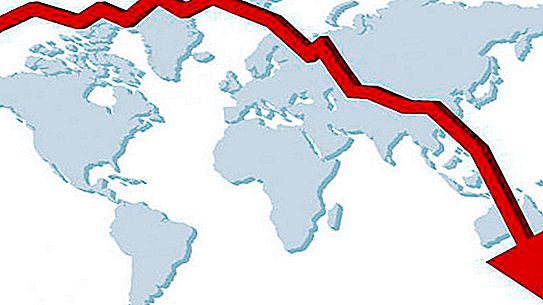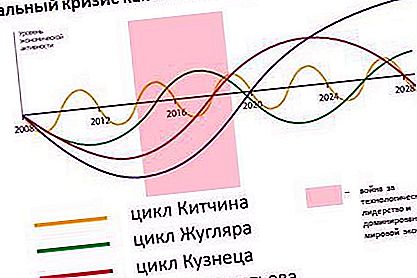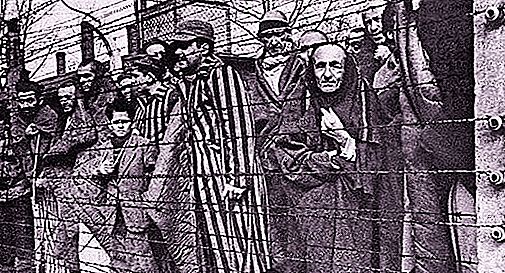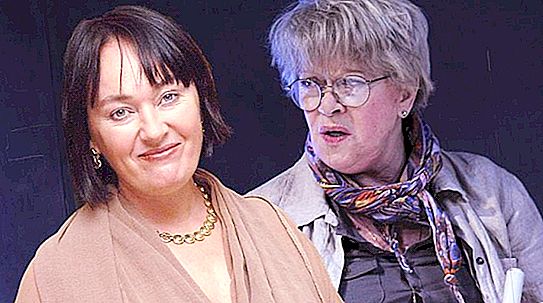The economic cycle is a fluctuation in the value of gross domestic product in the long run. This decrease or increase in GDP is associated with the stage of development. There are several types of such vibrations that differ in their duration. The shortest is the Kitchin cycle, the duration of which is 3-5 years. Other economists have also studied the issue of gross production fluctuations. The cycles of Jughlar, Kuznets and Kondratiev are also distinguished.
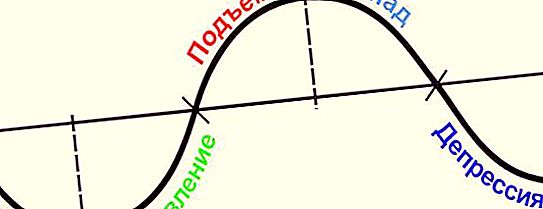
Key Terms
During its development, the economy is experiencing both periods of rapid development and stagnation. Kitchin's cycle explains short-term fluctuations. Kondratiev’s waves cover half a century of change. The concept of the economic cycle in the broad sense means a period of time that includes only one period of prosperity and recession, which follow one after another. These two stages are fundamental. The indicator of the beginning and end of the cycle is the percentage growth of real gross domestic product. Although often these fluctuations in business activity are quite unpredictable.
Study history
The concept of the economic cycle was denied by representatives of the classical school. In practice, they explained their existence by wars and conflicts. Sismondi took up their first study. His work was dedicated to the 1825 panic in England, which was the first economic crisis in peacetime. Sismondi and his colleague Robert Owen called it the cause of overproduction and underconsumption caused by inequality in the distribution of income between the population. They advocated government intervention in the economy and socialism. In academic circles, their work did not become instantly popular. However, on the idea that underconsumption is the cause of crises, then the well-known Keynesian school will be built. Sismondi's theory was developed by Charles Dunoyer. He put forward the concept of volatile cycles. Karl Marx regarded periodic crises as the main problem of any capitalist society and predicted a communist revolution. Henry George called land speculation the main cause of recessions and proposed the introduction of a single tax on this factor of production.
Varieties of cycles
In 1860, the French economist Clement Juglar first identified economic fluctuations with a frequency of 7-11 years. Joseph Schumpeter claimed that they consist of four stages:
- Expansion. There is an increase in production, prices are rising, interest rates are falling.
- The crisis. At this stage, stock exchanges collapse, and many enterprises and firms become bankrupt.
- Recession. Prices and output continue to fall, while interest rates, by contrast, are rising.
- Recovery. Exchanges start working again due to falling prices and revenues.
Schumpeter linked the economic recovery with the growth of production productivity, confidence in the future of consumers, aggregate demand and prices. In the middle of the 20th century, he proposed a typology of cycles by their duration. Among them:
- Kitchin cycle. It takes from 3 to 5 years.
- The cycle of the Juglar. Its duration is 7-11 years.
- The Blacksmith's cycle. It is associated with investments in infrastructure. Takes from 15 to 25 years.
- Kondratiev waves, or a long-term technological cycle. It takes from 45 to 60 years.
Today, interest in cycles has declined somewhat. This is due to the fact that modern macroeconomics does not support the idea of regular periodic fluctuations.
Kitchin cycle
It takes about 40 months. These short-term fluctuations were first investigated by Joseph Kitchin in the 1920s. Its cause is considered to be temporary lags in the movement of information, which lead to a delay in decision-making by firms. Firms respond to improved business situations by increasing production. This leads to the full use of labor and capital. As a result, after a certain time, the market becomes flooded with goods. Their quality is gradually deteriorating due to the effect of the Say law. Demand is falling, prices are falling too, goods are starting to accumulate in warehouses. After a certain time, firms begin to reduce production volumes. And so goes the Kitchin cycle.
Causes and consequences
Kitchin’s economic cycles are associated with the lack of the ability to instantly assess market conditions. Firms need time both to begin to increase production, and to decide whether to reduce its volume. The delay is due to the fact that entrepreneurs do not immediately understand what is prevailing in the market right now - supply or demand. Then they also need to check this information. It takes time to put the solution into practice. It is not so easy to immediately find new workers or fire old ones. Thus, Kitchin's short-term cycles are associated with a delay in the collection and processing of information.
Joseph Kitchin: Summary
He is a British statistician and businessman. Joseph Kitchin worked in the mining industry in South Africa. In 1923, he conducted a study of short-term business cycles in the UK and the United States of America from 1890 to 1922. Their duration was about 40 years. He presented the results of his research in a work entitled “Cycles and Trends in Economic Factors”. The author explained the existence of such fluctuations by psychological reactions to capitalist production and temporary lags in the transfer of information, which affects the decision-making process by firms. In other words, Kitschin's cycles characterize the regulation of the supply of goods by enterprises in terms of their need in the market.
The period of 7-11 years
The cycle of the Juglar is twice as long as Kitchina. But the scientist established his existence back in 1862. Among the reasons for the identified fluctuations, Juglar called the changes in investment in fixed assets, and not just the level of employment. In 2010, a study using spectral analysis confirmed the existence of such cycles in the dynamics of the global gross domestic product.
The Blacksmith's Cycle
These are fluctuations of average duration. They were first investigated by Simon the Blacksmith in 1930. They take about 15-25 years. The author called demographic processes the reason for this cyclicality. He examined the influx of migrants and related construction booms. The blacksmith also characterized them as infrastructural investment cycles. Some modern economists associate these cycles with an 18-year fluctuation in land value as a factor in production. They see a way out in the introduction of a special tax. However, Fred Harrison believes that this will not even help soften the cycle. In 1968, Hauri criticized the Kuznets study. He argued that the data were incorrectly analyzed. However, Kuznets replied that the cycles he identified could be seen in the growth of the world gross domestic product without the use of the filter he had invented.

